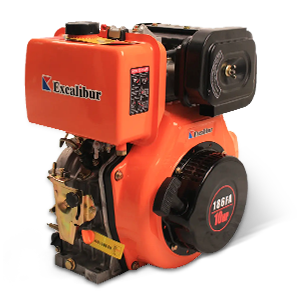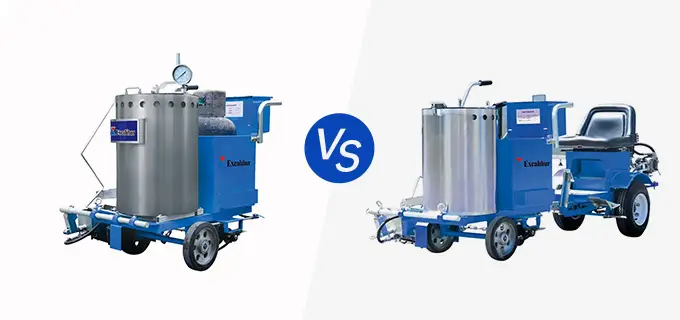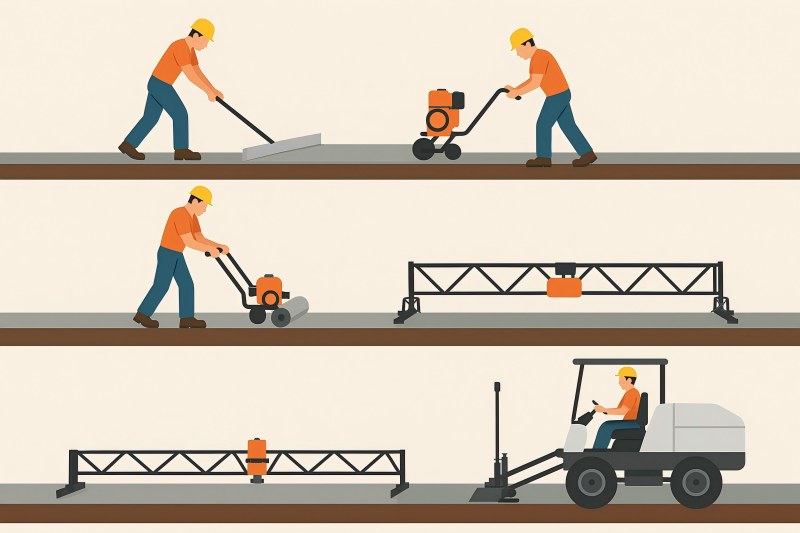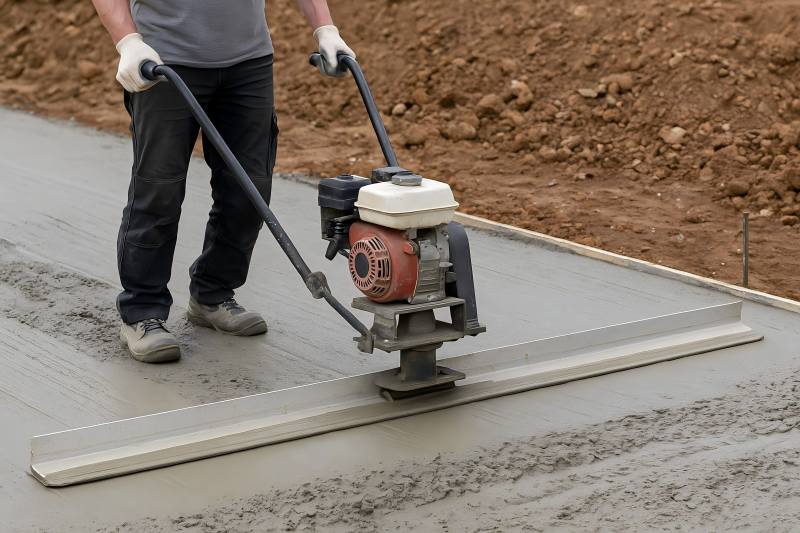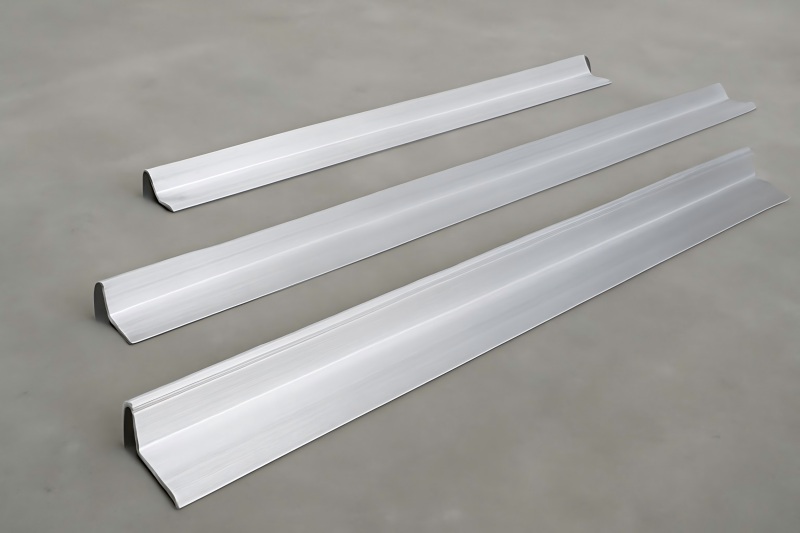Road marking is one of the most visible and critical components of traffic management systems. Whether guiding vehicles through highways or organizing lanes in parking lots, well-applied thermoplastic markings ensure safety, clarity, and efficiency. The growing use of thermoplastic road marking machines has revolutionized this process—making line application faster, more consistent, and more durable than traditional paint.
Among the various equipment types available, hand-push and automatic thermoplastic marking machines are the two most widely used. Each serves distinct operational scales, budgets, and performance needs.
Understanding Thermoplastic Marking Equipment
Thermoplastic marking equipment is designed to melt, apply, and spread thermoplastic road marking material—a resin-based compound that becomes durable and reflective upon cooling. The process involves heating the material to around 180–220°C in a preheater, maintaining its molten state in a hopper, and applying it evenly through a screed shoe, extrusion, or spray system.
Thermoplastic marking machines are divided into two main types:
- Hand-push thermoplastic road marking machines: Operated manually, ideal for small projects and detailed line work.
- Automatic thermoplastic road marking machines: Powered and self-propelled, designed for large-scale, high-speed line marking operations.
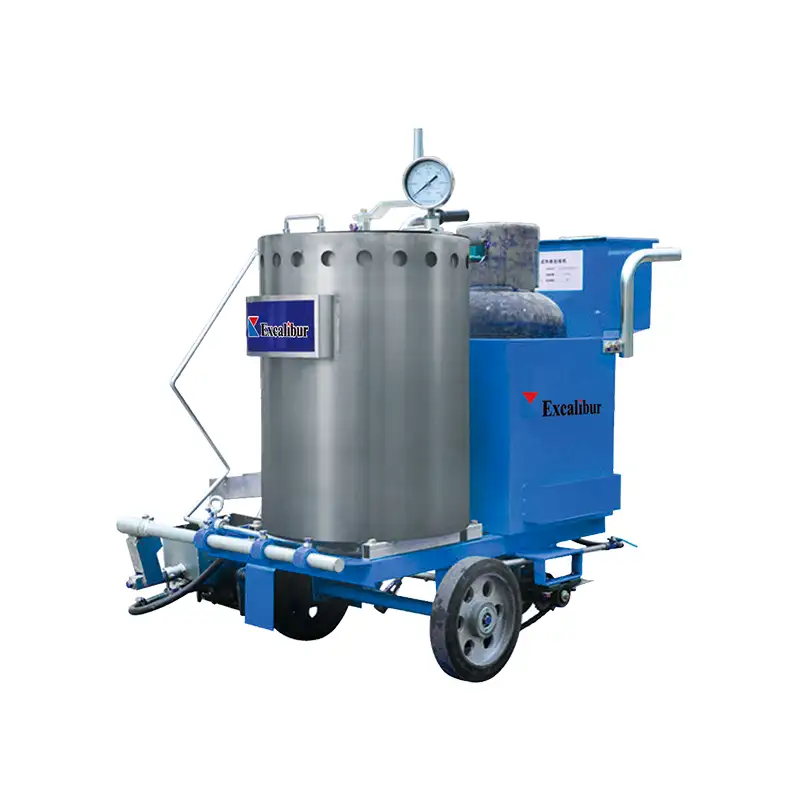
What Is a Hand-Push Thermoplastic Marking Machine?
A hand-push thermoplastic marking machine is a compact, manually operated unit used for smaller projects, maintenance tasks, or localized markings. The operator physically pushes the machine along the surface while controlling the line width, flow rate, and bead application.
Key Features:
- Small hopper capacity (typically 50–100 kg)
- Manual propulsion (no engine drive)
- Lightweight, easy to maneuver
- Ideal for narrow lines and short distances
- Commonly used for crosswalks, parking lots, and city intersections
| Pros | Cons |
| Low initial investment cost | Operator fatigue over long distances |
| Simple maintenance and operation | Limited speed and production capacity |
| Excellent control over detailed and curved markings | Inconsistent line thickness on uneven surfaces |
| Minimal fuel or power requirements | Unsuitable for high-output highway applications |
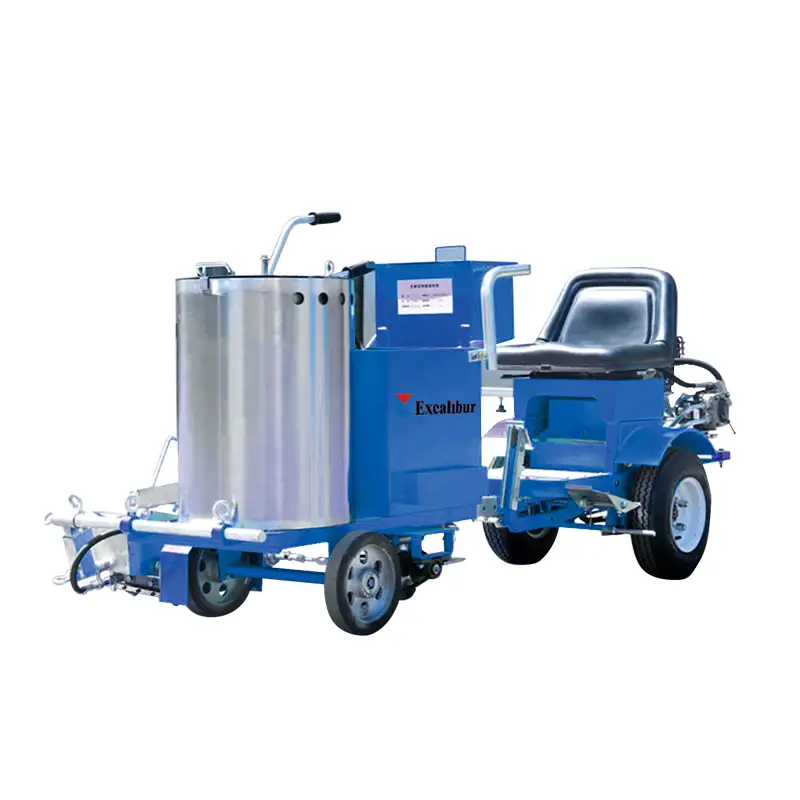
What Is a Self-propelled Thermoplastic Marking Machine?
An automatic thermoplastic road marking machine is a self-propelled or vehicle-mounted unit designed for industrial-scale line marking. These machines are equipped with engines, hydraulic systems, precision pumps, and computerized control units for speed, line width, and glass bead dispensing.
Key Features:
- Larger capacity (up to 300–500 kg hopper)
- Hydraulic or pneumatic drive systems
- Automated line width and thickness control
- GPS-based or camera-guided line tracking
- Multiple marking modes (solid, dashed, or multi-line)
- Compatible with both extrusion and spray systems
| Pros | Cons |
| High productivity and consistent performance | Higher cost and more complex operation |
| Suitable for long straight lines on highways or airports | Requires skilled operators |
| Reduces operator fatigue with automatic propulsion | Larger turning radius—less ideal for tight spaces |
| Integrated bead systems ensure perfect reflectivity | Greater maintenance and fuel consumption |
| Enhanced precision with digital or laser guidance | — |
Core Differences Between Hand-Push and Automatic Machines
Below is a detailed comparison table summarizing key technical and operational differences:
| Aspect | Hand-Push Thermoplastic Machine | Automatic Thermoplastic Machine |
| Operation Mode | Manual pushing | Self-propelled (engine/hydraulic drive) |
| Ideal Application | Small areas, city roads, parking lots | Highways, airports, industrial zones |
| Hopper Capacity | 50–100 kg | 300–500 kg or more |
| Speed | 1–3 km/h (depends on operator) | 5–15 km/h (adjustable) |
| Power Source | Manual or LPG burner | Engine + hydraulic or pneumatic system |
| Line Control | Manual | Automatic digital control |
| Glass Bead Dispensing | Manual or semi-auto | Fully automatic synchronized system |
| Precision Level | Moderate | High accuracy (±2 mm) |
| Maintenance | Simple, low-cost | Complex, requires scheduled servicing |
| Price Range | Low (economical) | High (industrial investment) |
Choosing Based on Project Size and Type
The type of road marking project largely determines which equipment is most suitable. While both machines deliver durable thermoplastic lines, their efficiencies differ depending on the scope and nature of the task.
Hand-Push Machine Is Best For:
- Urban roads with narrow lanes and short distances
- Small-scale projects with limited budgets
- Parking lots, factory floors, or pedestrian crossings
- Municipal maintenance and quick repairs
Automatic Machine Is Best For:
- Large highway and expressway line markings
- Airports, seaports, and logistics zones
- Long continuous marking jobs requiring uniformity
- Contractors handling multiple large-scale projects daily
Operational Efficiency and Labor Requirements
A critical distinction lies in labor intensity. Hand-push machines require continuous manual effort, which can slow productivity over long shifts. Automatic models reduce human strain through mechanized propulsion and computer-controlled systems that maintain consistency even at high speeds.
| Factor | Hand-Push | Automatic |
| Labor Requirement | 2–3 workers per operation | 1–2 workers (mostly supervision) |
| Daily Output | 800–1,500 meters | 5,000–10,000 meters or more |
| Line Consistency | Dependent on operator skill | Digitally regulated for uniform thickness |
| Downtime | Low setup time, manual refill | Shorter due to larger hoppers and automation |
This difference becomes increasingly significant for companies bidding on government or highway projects, where productivity and accuracy often outweigh initial cost concerns.
Cost and Investment Considerations
While hand-push thermoplastic machines are significantly cheaper, the long-term value of an automatic machine can surpass its initial cost due to higher efficiency and lower labor expenditure per kilometer of marking.
Initial Cost Estimate (Approximate Range):
- Hand-push machine: $1,000 – $3,500
- Automatic machine: $10,000 – $35,000+
Beyond the purchase cost, additional expenses include:
- Thermoplastic preheaters (for both types)
- Glass bead dispensers
- Fuel or LPG burners
- Maintenance and spare parts
For small contractors, a hand-push system provides quick ROI (Return on Investment) with minimal capital. For large contractors or infrastructure firms, automatic machines offer a better cost-per-meter efficiency when operating continuously.
Maintenance and Durability
Hand-Push Machine Maintenance
- Easy to clean after each shift
- Occasional replacement of shoes, valves, or wheels
- Less downtime and minimal training required
Automatic Machine Maintenance
- Requires periodic inspection of engine, hydraulic system, and electronic controls
- Higher spare part cost
- Professional servicing or trained technicians needed
Despite the extra complexity, automatic models generally offer longer operational life if maintained correctly. Their components are built for industrial workloads and can withstand continuous heat cycles and vibrations during marking.
Environmental and Safety Factors
Modern automatic machines now feature advanced environmental safeguards for cleaner, safer operation.
- Cleaner combustion systems
- LPG or low-emission diesel burners
- Enclosed heating chambers to minimize material fumes
- Automatic bead dispensers that prevent waste
By contrast, hand-push machines, while smaller and simpler, may expose operators to more direct heat and manual handling risks, particularly when refilling molten thermoplastic. Proper PPE, like heat-resistant gloves, face shields, and safety boots, is vital for operator protection.
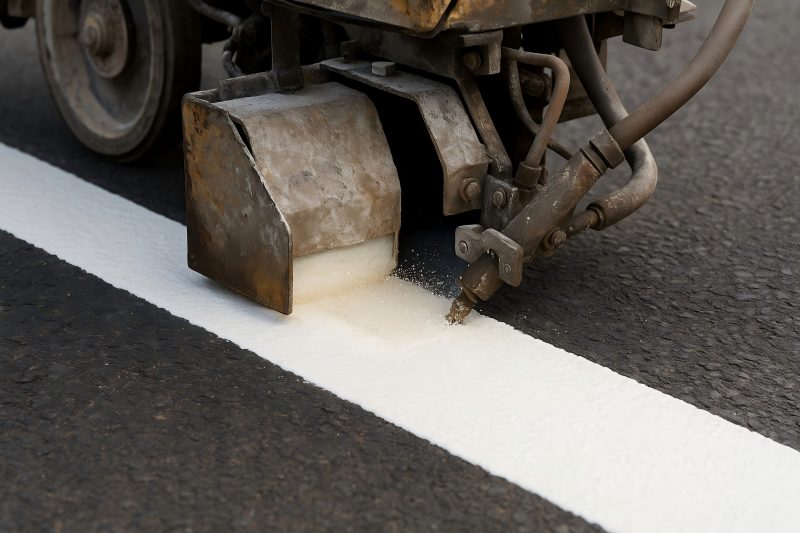
Real-World Use Cases
Case 1: Urban Maintenance Project
A city’s transportation department needed to repaint pedestrian crossings and speed bumps in dense traffic zones. A hand-push thermoplastic machine was chosen for its maneuverability, cost-efficiency, and ease of stopping and starting amid pedestrians and vehicles.
Case 2: Highway Construction Project
A national contractor marking new expressway lanes used automatic thermoplastic machines equipped with dual-bead dispensers and digital width controllers. The machines achieved over 8,000 meters per day with uniform reflectivity, saving time and fuel costs.
These contrasting cases highlight that the best choice depends on scale, terrain, and precision needs.
Emerging Trends in Thermoplastic Marking Equipment
The road marking industry is moving toward automation and digital integration. Manufacturers now offer machines with:
- GPS-based guidance for precise alignment
- Laser distance sensors to maintain line spacing
- IoT connectivity for monitoring fuel usage and line length
- Eco-burners that reduce CO₂ emissions
For example, some new automatic machines feature AI-assisted controllers that automatically adjust bead flow and line thickness based on vehicle speed—ensuring perfect consistency even under variable conditions.
How to Make the Right Choice
When choosing between hand-push and automatic thermoplastic marking equipment, consider these five criteria:
Project Scale:
- Small, local, or low-budget jobs → Hand-push
- Large, national, or continuous marking → Automatic
Labor Capacity:
- Limited workforce → Automatic (reduces operator fatigue)
- Small team with flexible schedule → Hand-push
Budget Availability:
- Start-up contractors → Hand-push
- Established companies → Automatic
Precision & Output Requirements:
- Manual accuracy acceptable → Hand-push
- Tight tolerances or uniform markings → Automatic
Maintenance Support:
- No in-house technicians → Hand-push
- Technical support available → Automatic
Choosing between hand-push and automatic thermoplastic marking machines ultimately depends on your project scope, production goals, and budget priorities.
A hand-push machine provides flexibility, simplicity, and affordability—ideal for smaller marking jobs or entry-level contractors. It offers direct control, quick setup, and ease of maintenance.
In contrast, an automatic thermoplastic machine delivers unmatched precision, productivity, and automation for large-scale operations. Though the initial investment is higher, its efficiency and consistency make it the preferred choice for professional contractors and infrastructure firms aiming for top-tier performance.
Whether your goal is repainting city intersections or marking kilometers of highway, the right choice ensures safety, clarity, and profitability in every line applied.

